
The Central Intercollegiate Athletic Association (CIAA) is a college athletic conference affiliated with the National Collegiate Athletic Association (NCAA) at the Division II level, whose member institutions consist entirely of historically black colleges and universities (HBCUs).

The Southern Intercollegiate Athletic Conference (SIAC) is a college athletic conference affiliated with the National Collegiate Athletic Association (NCAA) at the Division II level. Formed in 1913, it consists mostly of historically black colleges and universities (HBCUs), with all but one member located in the Southern United States.

Orangeburg, also known as The Garden City, is the principal city in and the county seat of Orangeburg County, South Carolina, United States. The population of the city was 13,964 according to the 2020 census. The city is located 37 miles southeast of Columbia, on the north fork of the Edisto River.
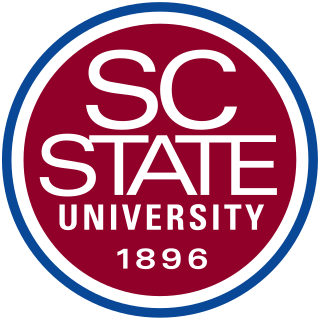
South Carolina State University is a public, historically black, land-grant university in Orangeburg, South Carolina. It is the only public, historically black land-grant institution in South Carolina, is a member-school of the Thurgood Marshall College Fund, and is accredited by the Southern Association of Colleges and Schools (SACS).

Lambuth University was a private Methodist university in Jackson, Tennessee. It was active from 1843 to 2011 and was supported by the Memphis Annual Conference of the United Methodist Church. The university began as the Memphis Conference Female Institute in 1843 and was later renamed in honor of Walter Russell Lambuth (1854–1921), a Methodist missionary who traveled globally.

Chowan University is a private Christian liberal arts university in Murfreesboro, North Carolina. The university offers associate, bachelor's, and master's degrees in 70 academic disciplines and is accredited by the Southern Association of Colleges and Schools.
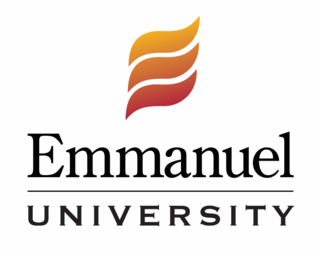
Emmanuel University is a private Christian college in Franklin Springs, Georgia. It is affiliated with the International Pentecostal Holiness Church and enrolls more than 800 students. The college offers both associate and bachelor's degrees.
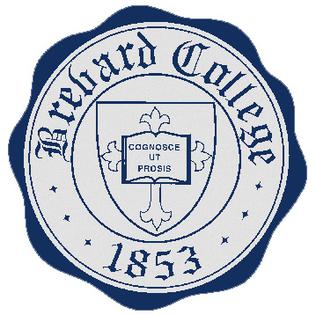
Brevard College is a private college in Brevard, North Carolina. The college grants the Bachelor of Arts. Bachelor of Science, and Master of Science degrees.

Brice Union Taylor was an American football player and coach and track athlete. He played college football as a guard at the University of Southern California (USC), where he was one of first All-Americans in 1925 and the first African-American player for the USC Trojans. Taylor served as the head football coach at Claflin University in Orangeburg, South Carolina in 1927 and from 1932 to 1933, Southern University in Baton Rouge, Louisiana from 1928 to 1931, Bishop College in Marshall, Texas from 1934 to 1935, and Samuel Huston College in Austin, Texas from 1936 to 1938.
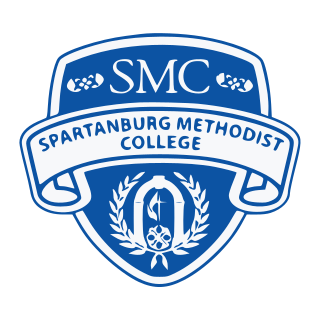
Spartanburg Methodist College (SMC) is a private Methodist college in Saxon, South Carolina. The college is affiliated with the United Methodist Church and has approximately 1,000 students.

Henry E. Hayne was a politician in South Carolina during the Reconstruction era. Born into slavery, he served in the South Carolina Senate and as Secretary of State of South Carolina in the 1870s. In 1873, he became the first student of color at the University of South Carolina medical school.
Gloria Blackwell, also known as Gloria Rackley, was an African-American civil rights activist and educator. She was at the center of the Civil Rights Movement in Orangeburg, South Carolina during the 1960s, attracting some national attention and a visit by Dr. Martin Luther King of the Southern Christian Leadership Conference. Her activities were widely covered by the local press.
The Southeastern Athletic Conference (SEAC) was an intercollegiate athletic conference of historically black colleges and universities (HBCUs) that existed from 1929 to 1965. It was known as the South Atlantic Intercollegiate Athletic Association between 1929 and 1942. The conference's members were located in Florida, Georgia, and South Carolina.

The Reinhardt Eagles are the athletic teams that represent Reinhardt University, located in Waleska, Georgia, in intercollegiate sports as a member of the National Association of Intercollegiate Athletics (NAIA), primarily competing in the Appalachian Athletic Conference (AAC) since the 2009–10 academic year. They were also a member of the National Christian College Athletic Association (NCCAA), primarily competing as an independent in the South Region of the Division I level from 1999–2000 to 2000–01. The Eagles previously competed in the Southern States Athletic Conference from 2000–01 to 2008–09. Prior joining the NAIA, Reinhardt was also a member of the National Junior College Athletic Association (NJCAA) and of the National Small College Athletic Association (NSCAA) until after the 1998–99 school year.
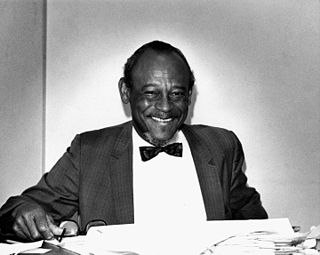
Isaiah DeQuincey Newman was an American civil rights activist, Methodist pastor, and state senator from the US state of South Carolina. He is credited with assisting in the foundation of the Democratic Progressive Party, and serving as the state field director for the South Carolina National Association for the Advancement of Colored People (NAACP) from 1960 to 1969.

The 1973–74 NCAA Division I men's basketball season began in November 1973, progressed through the regular season and conference tournaments, and concluded with the 1974 NCAA Men's Division I Basketball Tournament Championship Game on March 25, 1974, at the Greensboro Coliseum in Greensboro, North Carolina. The North Carolina State Wolfpack won its first NCAA national championship with a 76–64 victory over the Marquette Warriors.
William Wilson Cooke (1871–1949) was an American architect. He worked in the Office of the Supervising Architect of the United States Department of the Treasury and was the first African American man to be employed there. Cooke was the first African American to obtain an architect’s license in the state of Indiana in 1929. He designed many buildings for Claflin College, the Cookman Institute, and the United States Postal Service. Early in his career he worked as a school official.
Robert Charles Bates, was an American architect, educator, and textbook author. He was an African American architect and helped design and build many of the Claflin University campus buildings, a historically black university (HBU) in South Carolina. He is thought to be the first Black teacher of architecture at a HBU; and the first African American author of an architecture textbook.


















